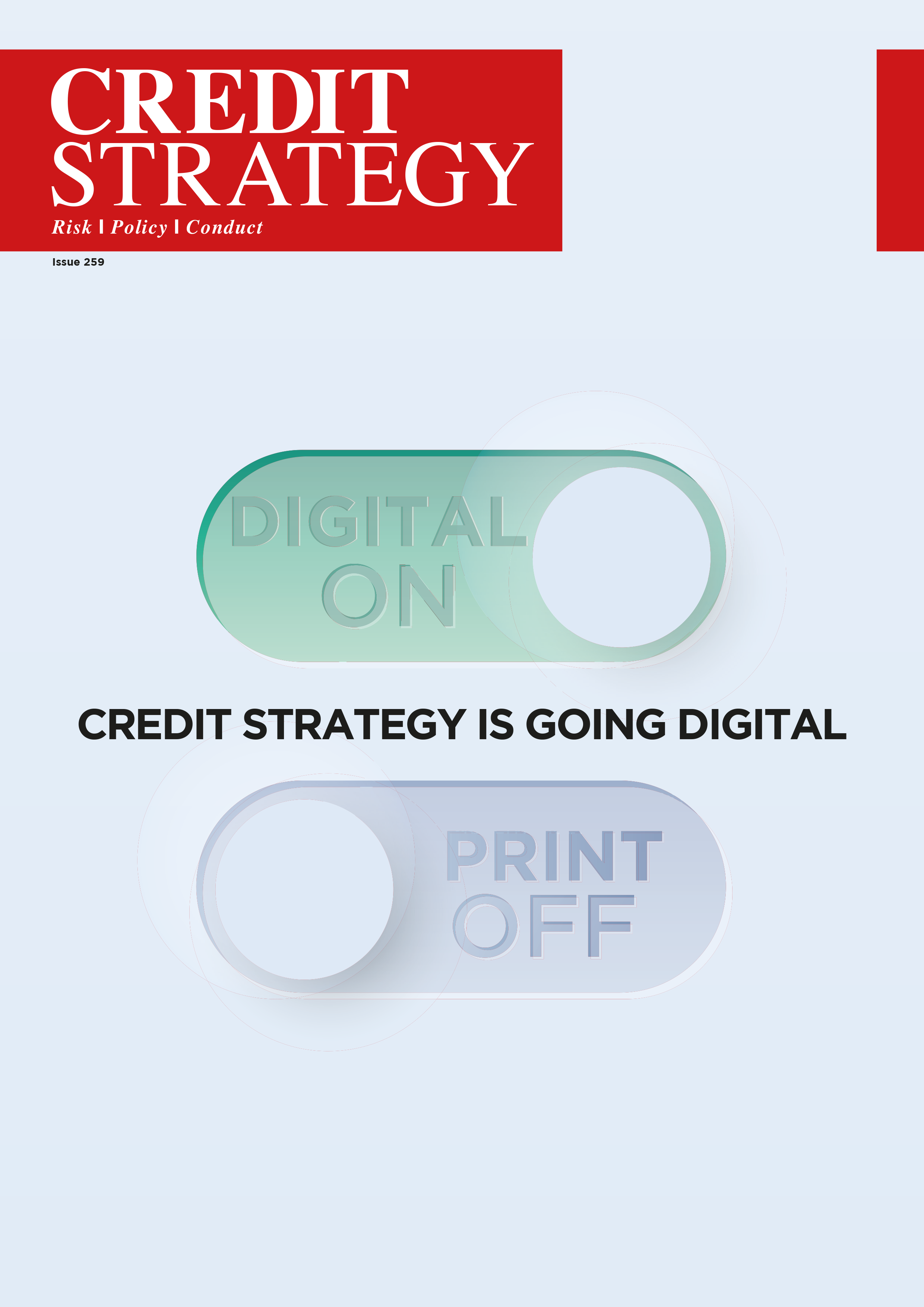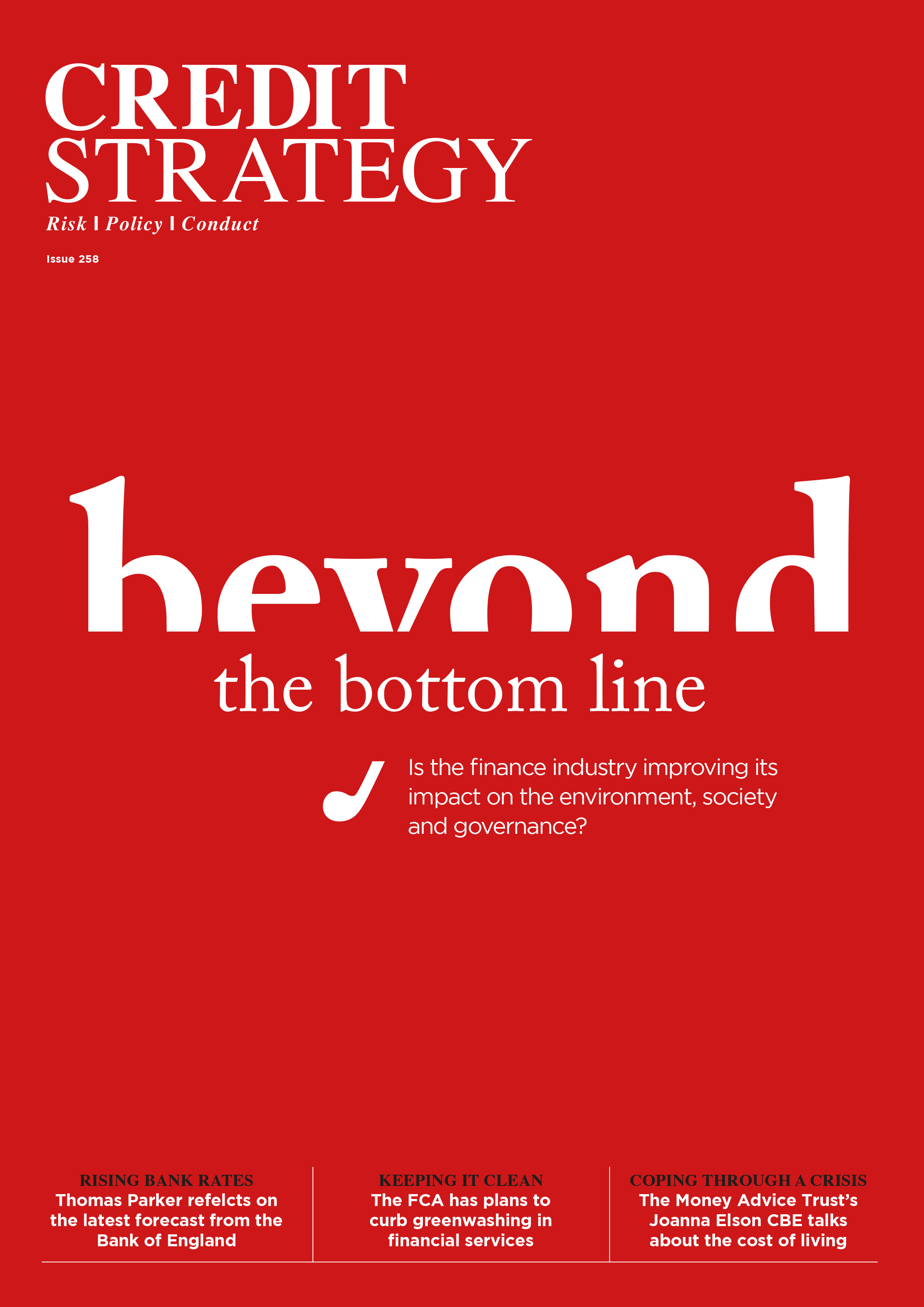Dear visitor,
You're reading 1 of your 3 free news articles this quarter
Register with us for free to get unlimited news, dedicated newsletters, and access to 5 exclusive Premium articles designed to help you stay in the know.
Join the UK's leading credit and lending community in less than 60 seconds.
5 Ways digital payments will change FIs and fraud in 2023
| PREMIUM |
This article was provided to us by FICO, written by TJ Horan, Vice President of Product Management at FICO.
New digital payments channels and methods will grow next year, giving new opportunities for fraudsters and scammers
This year we all felt impacts from the war in Ukraine, unfortunate natural disasters, pandemic recovery, and political changes. And the digital payments landscape made a global-scale impact, both positive and negative which financial institutions (FIs) now must deal with.
For every story about real-time payments making it easier for people to send money to others in desperate need, there seems to be a parallel story about scams. Financial institutions are not letting fraud trends like scams fade into background noise, but fraud awareness is rising among customers and both the banks and customers are eager to mitigate as much as possible. FIs are in a great position to lead that push by applying resources where they can have the most immediate and long-term impacts.
Since we are in the early stages for many new payment technologies, the steps FIs take in 2023 will shape how these new payment markets unfold. Here are my predictions on the payment trends for the next year, how they’ll create risks or opportunities in 2023, and what FIs need to watch out for with each of them.
- Alternative Payments Methods Will Grow Faster than Debit — and Scammers Will Rejoice
Mid-year data from Bank of America showed that all forms of digital and electronic payments are growing. While debit transactions still prevail, all the other payment types are growing even faster.
Credit cards have seen record growth and near-record balances through 2022, and alternative payment methods are booming, including everything from ACH and real-time money transfers to phone-based systems like Apple Pay and Google Pay.
Another proof point about the growth of new payments channels — Amazon recently announced that folks can now use Venmo to make payments. And PYMNTS.com says the U.S. real-time payments market alone hit about 2 billion transactions this year, but should grow to 9 billion transactions in 2026, worth more than $10.5 trillion.
What scammers see here is a big patchwork of payment options that offer a way to take money directly from consumers, and that change popularity with the social media tides. Scammers can hide in plain sight and use social engineering and direct outreach to consumers to coerce individuals to make instant, irrevocable payments. As FIs have more customers using more forms of digital payments, defending against the dizzying array of scams will be crucial to their customer experiences, and potentially required for regulatory compliance.
- Buy-Now-Pay-Later Will Win on Customer Experience but Needs Enhanced Security
BNPL usage is beginning to hit critical mass, with roughly 60 million users today. It keeps growing not only because of the pandemic’s e-commerce explosion, but also because more merchants have offered it as it has become easier to plug into an e-commerce site.
Customers say BNPL can be even easier and more flexible than a credit card. So even though BNPL’s economics aren’t quite resolved yet — issues like shielding for losses and establishing tolerable merchant fee charges lurk — it has clearly tapped customers’ desire for transparent terms and more flexible payment options.
BNPL is so easy that 50% of customers who used it say they bought a major household item they didn’t really need. So, just like financing is part of the shopping flows for mobile phones and cars, consumers have emphatically shown that they want BNPL for anything, especially if it’s easy to use at checkout. If FIs want to continue to tap into the BNPL market while stopping fraud, how they combine ease of use with visible security will be a big factor.
- The P2P App Scam Crisis Will Not Go Away
One of the big questions in Washington in 2022, and for compliance officers worldwide, was whether regulators and legislators would agree that banks should be liable for P2P payments scams, even if customers were conned and the technology wasn’t hacked. Unfortunately for FIs, neither side of this problem coin will vanish.
First, fraudsters are finding lots of ways to scam grandmothers, dreamers, and others from all walks of life into handing money over instantly via an app or a website. But when vulnerable people, like someone’s elderly mother, is scammed this way, it gives journalists with 24-hour deadlines slam-dunk news stories that get clicks, shares, and even a look from the U.S. Senate.
FIs can do themselves a favor while it is still early in the liability debate by adding some sensible friction back into the payment process. Simple and effective behavioral, authentication-based, and live checks in payment processes can even help customers stop themselves from being conned. Given the regulatory winds in 2022, FIs can expect more intervention in 2023, although they are taking steps already to stay one step ahead of the regulators.
- ACH Will Improve Business Cash Flows — and Scams Will Follow
ACH transactions, especially for business-to-business payments, have also grown tremendously. Most of that growth, according to NACHA, has come from payroll by direct deposit and consumers’ electronic bill pay.
Now, B2B ACH payments are adding to the overall growth, which means businesses, customers, suppliers and partners are able to pay each other much faster and more reliably than ever. As a result, default and delinquency rates are at historic lows.
The easier it is be paid, though, the more scammers find ways to beat remittance and payment processes. This moves supplier impersonation and business check theft into the digital age. FIs should consider educating customers on how to defend their own payment processes from business email compromise and impostor scams, and ensure trust, security and authenticity in ACH transactions.
- We Won’t Have to Apologize for Going Cashless
The rumours of cash’s demise are overexaggerated, but maybe not greatly. UK Finance says that though people in Britain are withdrawing more cash than ever, cash use will decline 15% per year or more because of digital payments.
As someone who took a wallet diet and hardly carries cash, I worry about people who rely on it to run their businesses, or those who depend on tips for a substantial part of their income. If I can make a wishful prediction for 2023, it’s that someone, ideally someone smart and fair-minded, will create a simple user experience for smaller (previously cash-based) transactions, particularly in service businesses.
Though I have seen hotels put QR codes in the room to collect tips, that approach doesn’t account for the personal touch you may feel you want to reward, whether that’s the service employee going the extra mile, or simply a solid valet parking experience. If payments can help solve one problem in 2023, I hope it’s to eliminate that awkward moment where you want to look after someone and have to apologize for having no cash.
Be Mindful with Payments in 2023
In closing, let me reprise my advice from my 2022 predictions. Before blindly proceeding with a payment, no matter the channel, take a minute to slow down and think carefully. If there’s an unnatural sense of urgency from someone to get money, step back and ask if you’re being scammed. A thoughtful pause can help prevent fraud, keep your accounts intact and see you well positioned throughout 2023. And don’t forget to remind your friends and family outside the payments industry about this advice!
Stay up-to-date with the latest articles from the Credit Strategy team
READ NEXT
Women in Credit Conference 2024 launches
Via Atal: Unlocking global growth
The Budget - 2p National Insurance cut confirmed by the Chancellor
Get the latest industry news









